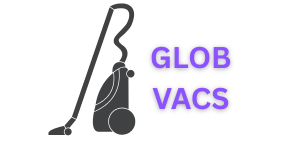Table of contents
Vacuuming is an integral part of maintaining the cleanliness and longevity of your floors. However, not all flooring types are created equal, and each requires a unique approach to vacuuming. Here’s a detailed guide on how to tailor your vacuuming technique for different types of floors. So, how to properly vacuum different types of flooring?
A Quick Summary:
| S. No. | Flooring Type | Frequency | Setting | Technique |
|---|---|---|---|---|
| 1 | Carpeted Floors | Once a week (or more) | Motorized brush roll or beater bar | Slow, overlapping passes in various directions |
| 2 | Hardwood Floors | Twice a week | Soft bristle/felt-bottomed attachment | Lightly glide; check gaps between boards |
| 3 | Tiled Floors | Once a week | Soft brush attachment | Vacuum tiles and grout; consider mopping |
| 4 | Laminate Floors | Once a week | Soft attachment (no brush roll) | Light glide; avoid moisture |
| 5 | Vinyl Floors | Once or twice a week | Standard head (no brush roll) | Gentle vacuuming; avoid moisture |
| 6 | Area Rugs | Once a week (or more) | Lower suction | Side to side, avoid catching fringe |
| 7 | Natural Stone | Once a week | Soft bristle (no brush roll) | Gentle vacuum; mop with stone-safe cleaner |
Let’s dive into details…
Carpeted Floors
Carpeted floors are notorious for their ability to trap dirt, dust, and allergens. This makes regular vacuuming not just beneficial but essential to maintain the carpet’s appearance and health of the home environment.

Frequency: For best results, vacuum at least once a week. However, if you have high-traffic areas or pets, consider increasing this frequency for optimal cleanliness.
Setting: When vacuuming carpets, it’s recommended to use a motorized brush roll or beater bar. These tools are designed to agitate the carpet fibers, which helps lift out deeply embedded dirt and debris.
Technique: When moving the vacuum across the carpet, make slow and overlapping passes. It’s also beneficial to vacuum in multiple directions. This ensures that you capture all the embedded particles and provides a more thorough clean.
Hardwood Floors
Hardwood floors are a sought-after flooring option for many, attributed to their elegant appearance and timeless beauty. However, they also come with their own set of challenges, especially when it comes to cleaning. Incorrect vacuuming techniques can lead to unsightly scratches and potential damage.
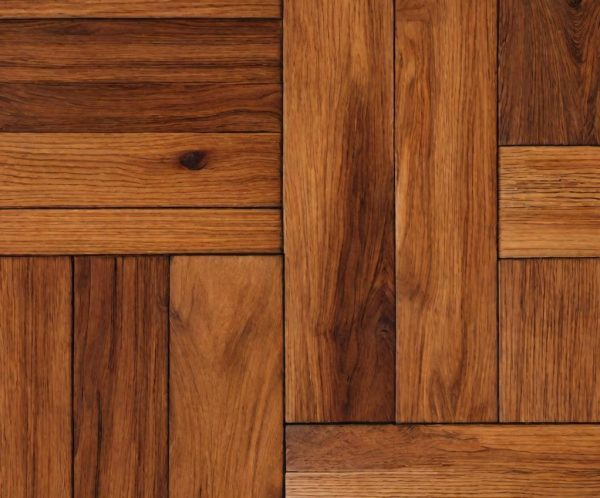
Frequency: To maintain their sheen and cleanliness, it’s advisable to vacuum hardwood floors twice a week. This regularity helps in preventing the accumulation of dust and debris which can cause scratches.
Setting: When vacuuming hardwood, always ensure the brush roll is turned off. This helps prevent unwanted scratches or abrasions on the wood surface. Instead, opt for attachments designed for delicate surfaces, such as a soft bristle or a felt-bottomed attachment, to safeguard the floor’s finish.
Technique: While vacuuming, it’s important to move gently across the floor. A light gliding motion is preferred. Additionally, special attention should be paid to the gaps between the boards, as these can often trap dust and other particles. Regular cleaning of these gaps will ensure the longevity and beauty of your hardwood floors.
Tiled Floors
Tiled floors are renowned for their durability and versatility, fitting seamlessly into various home designs. While they’re relatively easy to maintain, one common challenge is the grout lines, which can become a hotspot for collecting dirt and grime.

Frequency: For general maintenance and to keep your tiles looking pristine, a weekly vacuuming schedule is advisable. This helps in preventing grime from settling into the grout lines and keeps the tiles dirt-free.
Setting: For tiles, the best tile vacuum attachment to consider is a soft brush. This is not only gentle on the tiles but also effective in cleaning the grout lines without causing abrasion or wear.
Technique: When vacuuming, it’s essential to ensure that both the tiles and the grout lines are covered. Consistent and thorough vacuuming ensures that dirt doesn’t settle into the grout, making it look aged or discolored. After vacuuming, a supplementary step to consider is mopping. This not only aids in further cleaning but also provides the tiles with a gleaming, polished finish.
Laminate Floors
Overview: Laminate flooring has gained popularity due to its ability to replicate the appearance of various other flooring types, from hardwood to stone. However, despite its durability, it requires specific care to maintain its pristine condition and prevent damage.
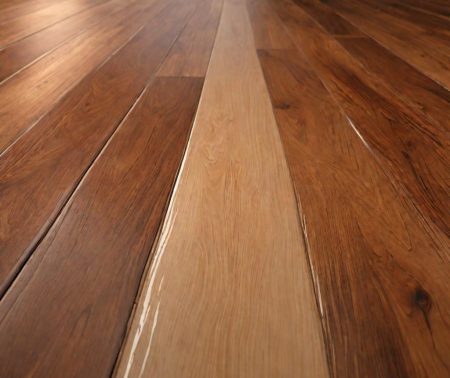
- Frequency: A weekly vacuuming routine is recommended for laminate floors to keep them free from dust and debris that could cause potential scratches.
- Setting: It’s crucial to disable the brush roll when vacuuming laminate. This helps in preventing unwanted abrasions on the laminate’s surface. Instead, opt for a soft attachment, which ensures a gentle yet effective clean without causing scratches.
- Technique: When vacuuming, use gentle strokes, ensuring the vacuum glides smoothly over the surface. Laminate flooring can be sensitive to moisture, so it’s of paramount importance to ensure no water or dampness seeps in during the cleaning process, as this can compromise the laminate’s integrity and lead to damage.
By tailoring your vacuuming technique to the specific needs of laminate flooring, you can ensure its longevity and maintain its aesthetically pleasing appearance.
Vinyl Floors
Vinyl flooring stands out as a popular choice among homeowners and businesses, primarily for its resilience and the minimal effort required in its upkeep. While it’s known for its durability, there are specific care guidelines to follow to ensure it remains in top condition.

- Frequency: Given its nature, vacuuming once or twice a week is adequate for vinyl floors to keep them free from dirt, ensuring a clean and shiny appearance.
- Setting: When vacuuming with a vinyl floor vacuum, the ideal attachment is a standard vacuum head. It’s essential to avoid using brush rolls as they might be too abrasive for the surface and can lead to unintended scratches.
- Technique: Approach the vacuuming process with care, ensuring you gently cover the surface. One crucial point to remember is the vinyl flooring’s sensitivity to moisture. Just like laminate, any exposure to moisture or water during cleaning can potentially harm the vinyl. Thus, ensure your vacuuming process is dry and free from any water exposure.
By following these tailored techniques for vinyl floors, you not only maintain their appearance but also extend their lifespan, ensuring they serve you well for years to come.
Area Rugs
Area rugs can be a statement piece in a room, bringing warmth, style, and comfort. While they might resemble carpets in some aspects, their unique and often delicate nature means they necessitate a specialized approach when vacuuming.
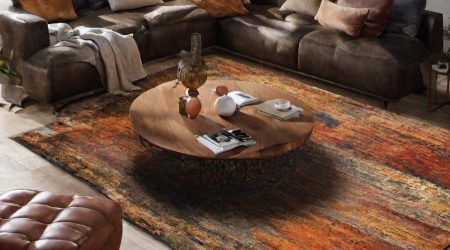
- Frequency: The frequency with which you should vacuum an area rug largely depends on its location and the amount of foot traffic it receives. However, as a general rule of thumb, vacuuming at least once a week is advisable. For rugs situated in high-traffic zones or homes with pets, increasing this frequency might be beneficial.
- Setting: The delicateness of area rugs, especially those that are handmade or have intricate designs, calls for gentle care. Use a lower suction setting on your vacuum to ensure you don’t exert undue stress on the rug fibers or cause any unintentional damage.
- Technique: The way you maneuver your vacuum over the rug is crucial. Instead of vacuuming end-to-end, go side to side. This method is particularly important for rugs with a fringe, as it reduces the risk of the fringe getting caught in the vacuum, which can lead to fraying or damage.
Taking special care when vacuuming area rugs not only preserves their beauty and structure but also ensures they remain a cherished part of your home decor for many years.
Natural Stone Floors (e.g., Marble, Granite)
Overview: Natural stone floors, with their opulent appearance and timeless charm, are a favorite in many luxury homes and establishments. Marble, granite, and other stone types have their own set of maintenance requirements, primarily due to their susceptibility to scratches and stains.
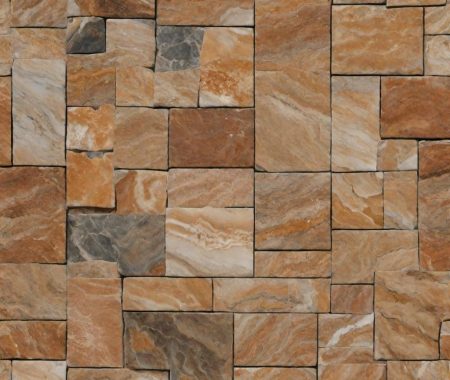
- Frequency: A regular cleaning regimen is vital to keep stone floors in pristine condition. A weekly vacuuming routine is recommended to remove dirt and debris that could otherwise lead to scratches.
- Setting: The intrinsic delicacy of stone floors means the use of brush rolls is discouraged. Turning off the brush roll and opting for a soft bristle attachment is the best approach to ensure a scratch-free cleaning.
- Technique: When vacuuming, it’s crucial to maintain a gentle touch. Applying too much pressure can result in inadvertent scratches or damage to the stone. Following the vacuuming, it’s beneficial to mop the stone floor using a cleaner specifically formulated for natural stone. This not only removes any lingering dirt but also enhances the stone’s natural shine and luster.
By adopting these tailored techniques for natural stone floors, you ensure their longevity, retain their natural beauty, and uphold the elegance they bring to any spa
Conclusion
The task of vacuuming, though seemingly straightforward, necessitates a nuanced approach based on the type of flooring in question. Each flooring material, from the plush texture of carpets to the cold elegance of natural stone, has its own set of care guidelines that must be adhered to. By understanding these intricacies and tailoring our vacuuming methods accordingly, we can ensure that our floors remain not just clean but also well-preserved and free from potential damages. It’s not just about cleanliness; it’s about maintaining the beauty and longevity of our living spaces.
